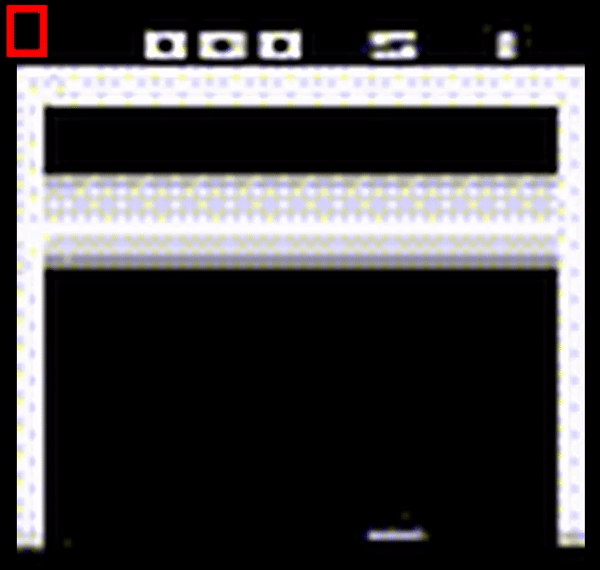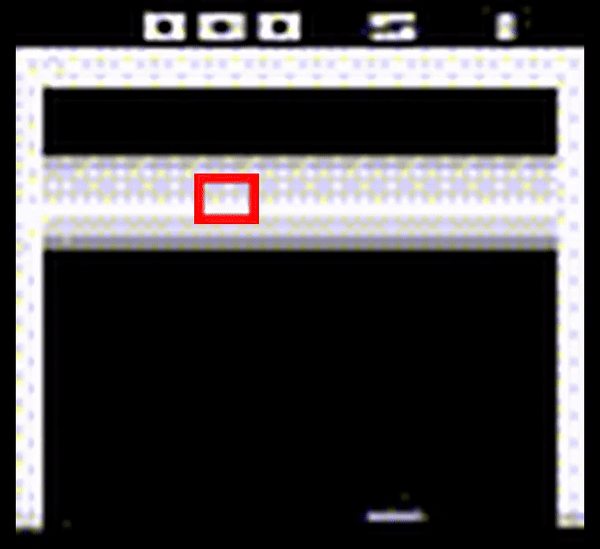This post introduces the problem of backdoors embedded in deep reinforcement learning agents and discusses our proposed defence. For more technical details please see our paper and the project’s repo.
Deep Reinforcement Learning (DRL) has the potential to be a game-changer in process automation. From automating the decision-making in self-driving cars, to aiding medical diagnosis, to even advancing nuclear fusion plasma control efficiency. While the real-world applications for DRL are innumerable, the development process of DRL models is resource-intensive by nature and often exceeds the resource allocation limits of smaller entities, leading to a dependency on large organisations. This reliance introduces significant risks, including potential policy defects that can result in unsafe agent behaviour during certain phases of its operation.
Instances of unsafe agent behaviour can stem from backdoor attacks aimed at DRL agent policies. Backdoor attacks on AI agents involve intentional policy defects, designed to trigger unexpected agent behaviour deviations given specific environmental cues. An example of a standard backdoor can be seen in the top left corner Figure 1b, which appears in the form of a 3×3 grey pixel that unexpectedly appears every given interval, leading to deviations in DRL agent behaviour.
 |
 |
Figure 1a and 1b: GIFs of Atari Breakout episodes showing a clean DRL policy without a backdoor trigger (encapsulated in a red outline) and a backdoored policy of a DRL agent with a grey 3×3 pixel trigger in Figure 1a and 1b respectively.
The state-of-the-art solution against backdoor attacks currently proposes defence against standard backdoors. However, the solution requires extensive compute time to successfully sanitise the DRL agent from the poisoned policies ingrained within. Figure 1b below illustrates how the defence successfully filters the backdoor policy by creating a “safe subspace” to remove anomalous states in the environment and allow benign agent operations.
 |
 |
Figure 2a and 2b: GIFs of an Atari Breakout episode played by a poisoned DRL agent with a standard backdoor trigger added in the top left corner (encapsulated inside a red outline). 2a is an episode with no defence and 1b is an episode with the current state-of-the-art defence and sanitisation algorithm.
Continue reading Mitigating Deep Reinforcement Learning Backdoors
